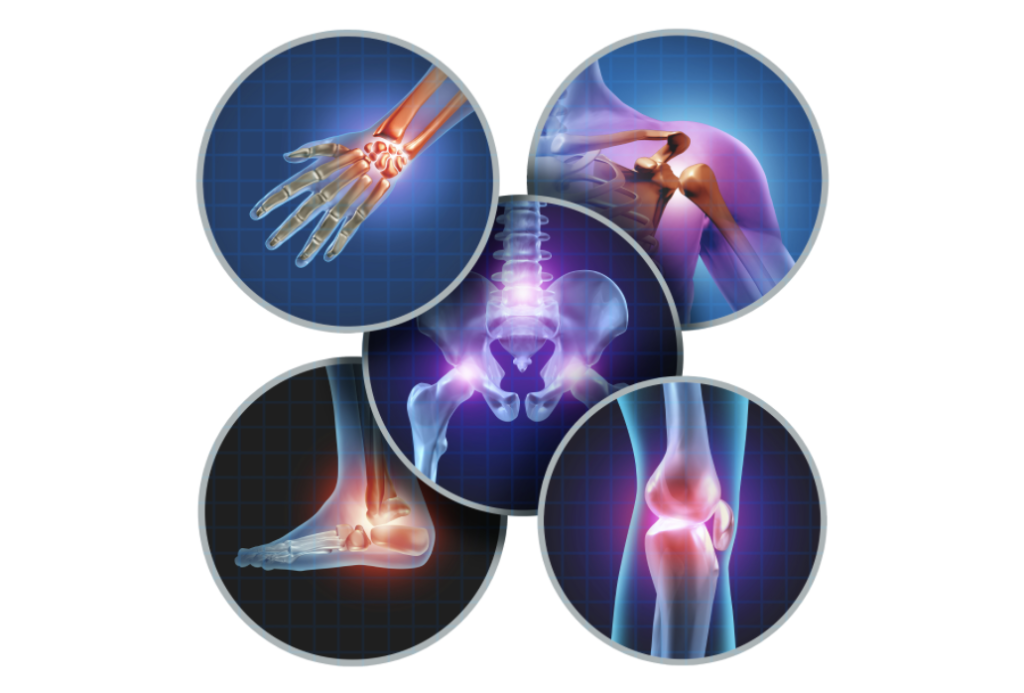
Written by Kim Leggett (Clean Health Online Master Coach)
No matter if you are training a newbie client or a seasoned athlete, your number one priority should be that their health is considered in every decision you make. Yes as a coach you are hired to challenge them but not to breaking point. Not only is this malpractice but you will be creating a bad reputation for yourself as you negate any headway towards achieving their goals.
Here’s an analogy for you, imagine you are driving your dream sports car, you flood the accelerate and after awhile notice the engine warning light flare up. Shouldn’t this expensive car be able to push the limits?! Well, imagine your body is the same, PAIN is your body’s warning system regardless of skill or experience level.
The expression “no pain no gain” first became popular in the 1980s among the body building community as meaning that exercise that “burns” or causes pain is the only type that brings results. This statement has been proven to be not entirely true. While some discomfort is expected with resistance training, pain can sometimes be a cause for concern.
Glorifying the idea that training so hard you start to tip into numerous injuries is just NOT RIGHT. Yes, there are some bodies that are going to withstand different degrees of training and last longer but at some point no matter who the person it, careless training will catch up! Athletes at the highest level often will do anything to compete and perform at their best (sometimes, pushing through pain) – wrapping their ankles, taking painkillers etc.
You will know that pain is ‘bad’ when it is sharp and/or does not go away after a few days. Soreness is typically dull, light and may linger for a day or two but subsides. Pain also does NOT ease with stretching or warming up whereas sometimes soreness can benefit from more blood flow.

What is Pain?
Pain tells us that the body is potentially at risk of damage or harm and is described as sharp, stabbing or a throbbing sensation (2). Pain often occurs due to OVERUSE, POOR TECHNIQUE and INFLAMMATION. It’s also important to note that pain does NOT mean soreness or DOMS, they are very different. Pain which occurs from training is also a sign that there is WEAKNESS, IMBALANCE OR INCORRECT MOVEMENT somewhere in the body and by paying closer attention to the pain we can fix the underlying problem.
Bottom Line – Never train through pain.
If an athlete or client is injured they will not perform at their best. Even a minor injury can affect training capacity and morale whilst a serious injury could complete set back a client or athletes training future and quality of life. To get results, you NEED to be able to train SMART in a way that minimises injuries.
Although, athletes may push through pain in competition here and there, constantly doing so can be detrimental. Temporary fixes to address pain is like putting tape on the car’s engine warning light from the analogy before. It doesn’t change the fact that it’s on.
Pain also alters the way you move (4). This is due to your body subconscious effort to protect itself therefore altering its coordination and efficiency of your movement -limiting your mobility and diminishing your strength to accomodate for what the body has tolerated.
Yes, pain sucks and we often brush it off like it isn’t there. Don’t ignore the signs with your own body. Learn to embrace pain as a chance to fix your body so it can function in the LONG RUN.
Want to learn the principles of technique execution for all the primary and accessory lifts, such as the bench press, squat, deadlift and all their variations? Click here to enrol into Sebastian Oreb’s Strength System International Certification online courses & SAVE with our Boxing Day sale!
References:
- Loeser, J.D. and Melzack, R. (1999). Pain: an overview. The Lancet. 353, 1607-9.
- Horschig, A. (Dr) (2016). Is it really, ‘no pain, no gain’? Squat University. Retrieved from:https://squatuniversity.com/2016/09/04/is-it-really-no-pain-no-gain/
- Oreb, Sebastian. (2020). Strength Systems International Certification Level 2. Clean Health Fitness Institute.
- Woodhouse, A. And Vasseljen,O. (2008). Altered motor control patterns in whiplash and chronic neck patients. BMC Musculoskeletal Disorders. 20 (9), 90.






